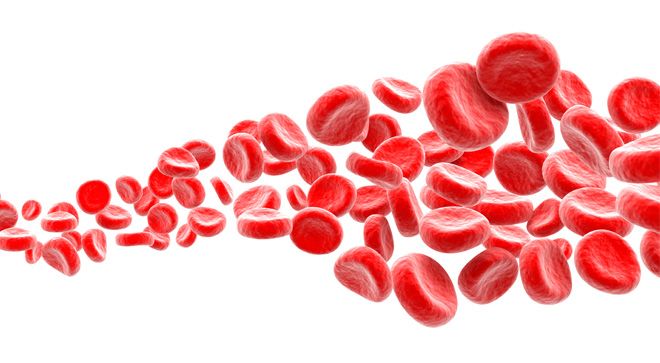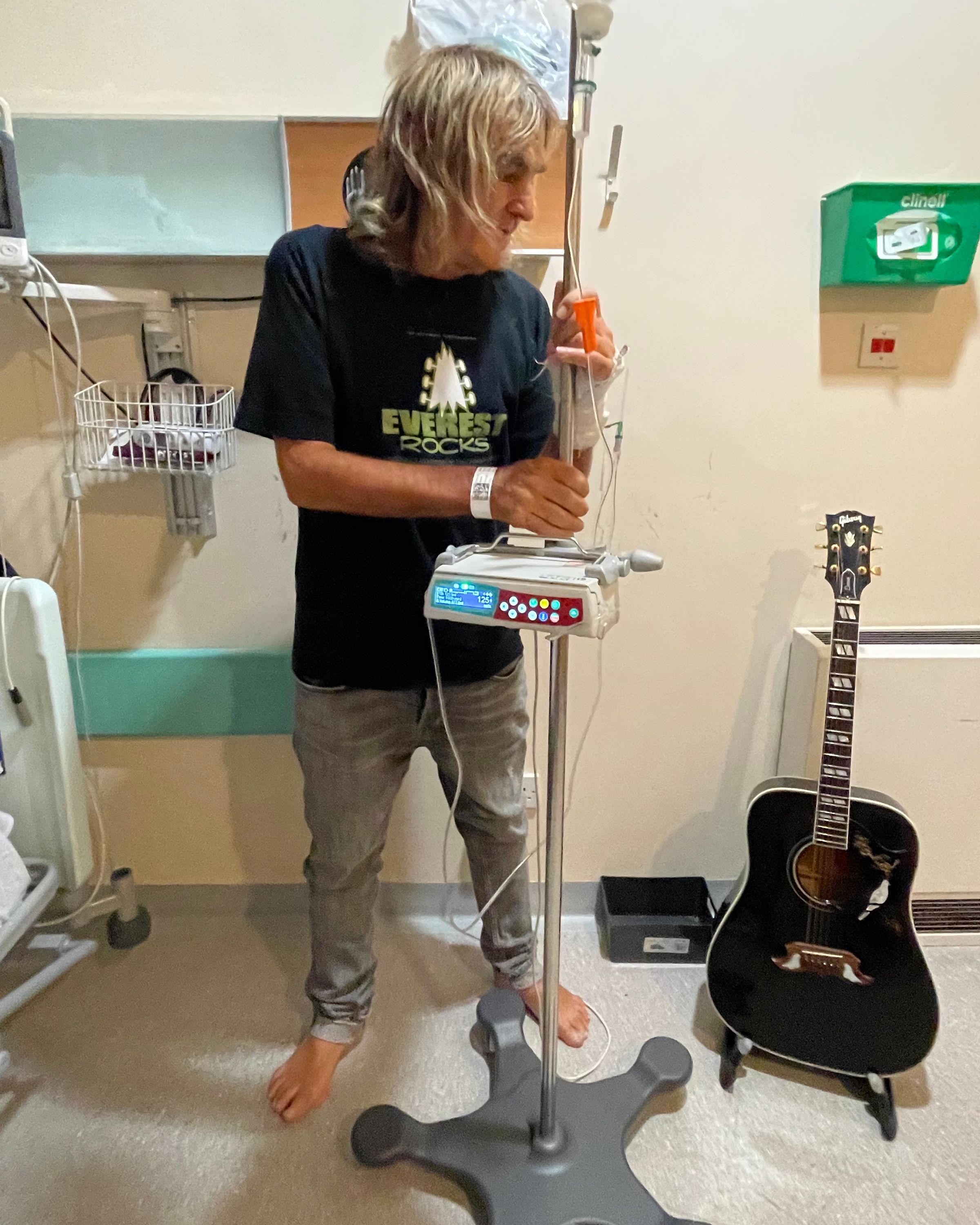Video
Factors Impacting a Diagnosis and Prognosis of WM
Transcript:
Steven P. Treon, MD, PhD: When one considers a workup for a patient with Waldenström macroglobulinemia, there are a number of blood tests that we will usually get as a standard, if you will. But there are a number of other blood tests that often are taken depending on what we hear in the history of a patient with Waldenström macroglobulinemia. But at the core, what you want to do is get the IgM monoclonal protein. This is done by doing serum protein electrophoresis. You would like to get ideally the total IgM level, the total IgA and IgG. You could ask, Why IgA and IgG? Because these are the good antibodies that normally protect us against infection. And in patients with Waldenström macroglobulinemia, they can be very, very low and sometimes contribute to the recurrent infections that we see.
You’d want to get complete blood counts. You want to know what somebody’s white blood count looks like, you want to know if they’re anemic—so you want to get a hemoglobin or a hematocrit—and you also want to know what their platelet count is. Platelets actually protect us against bleeding, and so you want to know if those levels are normal or not.
And then we often get the beta-2-microglobulin level. This is an important prognostic marker that we often use to see how a patient is doing. We want to know how their renal function and liver function are. Those tests are usually done as part of our routine. And depending on how the patient presents, there may be other tests that may also be required, those that help us understand the source of neuropathy if a patient comes in, or if they’re having cold intolerance, we would look at cold agglutinins or cryoglobulins. These would be tests that your physician should to be able to react to, based on your history, and obtain.
And then a bone marrow biopsy is very, very essential. We want to know if their lymphoblastic acidic cells that can be detected look like they’re clonal and part of the disease process. And we would use also the bone marrow biopsy to do molecular diagnostics. We would look for the MYD88, as well as CXCR for mutations.
And then lastly CT scans. When patients are diagnosed with Waldenström macroglobulinemia, about 20% of them have enlarged lymph nodes or an enlarged spleen, and sometimes we also see other manifestations of disease outside the bone marrow. So for this reason, you’d want to be able to get CT scans in a patient who’s being worked up for Waldenström macroglobulinemia.
There are a number of factors that contribute to the International Prognostic Scoring System. This can include age, being 65 and over. It can include the blood counts, looking at the hemoglobin level itself if it’s 11.5 or under. It can include the serum IgM level, which is based on grams per deciliter, so over 7 grams per deciliter. It can include other factors as well, but those are the essential components of the International Prognostic Scoring System [IPSS].
There’s also a revision now that investigators are working on to revise this prognostic scoring system, keeping in mind that some of these factors need updating. Beta-2-microglobulin is often part of most prognostic scoring systems. That remains. Blood counts are the subject of some prognostic scoring systems but not others. The levels tend to differ. Age is always a factor.
I think what is important for patients to know is that we still don’t know what to do with this information. It becomes one of our debates over and over: how can we use prognostic scoring to make treatment decisions? Well, as of today we can’t. And this is why things just have to get better, and personalized medicine using really genomics is going to help us get at that.
We do know that MYD88 plays a role. Those patients who have the mutation, which is the vast majority of patients, can do better from a survival point of view. And those who don’t have it tend to be at higher risk of disease transformation to a more aggressive lymphoma. And so really getting at the heart of the genomics is very important as far as better understanding the prognosis of the disease. But IPSS, we just don’t know how to use it to make treatment decisions today.
Transcript Edited for Clarity
















